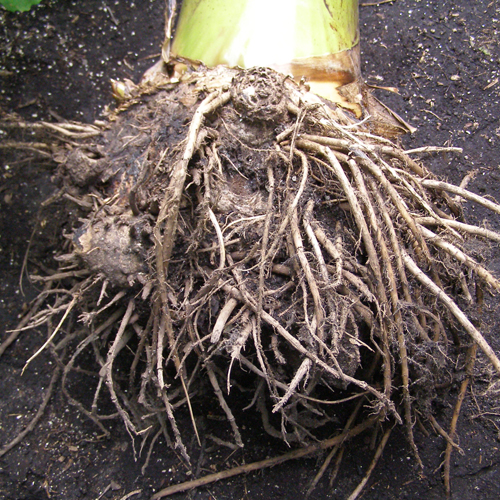Ideal Conditions for Growth
Like all plants, Bananas have certain conditions that they prefer to grow and to be able to produce
Bananas can handle extreme heat. They can handle cool weather for a short while, but they don't like that either. Below 14°C they just stop growing.
If the temperatures drop any lower the fruit suffers (the skin turns greyish) and the leaves can turn yellow. Frost kills the plant above ground, but the corm can survive and may re-shoot.
The ideal temperature range for banana growing is around 26-30°C.
Apart from temperature, Bananas need a moist climate to be able to thrive. They need an average rainfall between 78 and 98 inches, or to be irrigated with 20 - 50 mm of water each week. This combined with high temperatures found in tropical areas is what makes Latin America so attractive to Banana growers.
fact: the Banana is the most eaten fruit all over the world and comes in many different forms.









